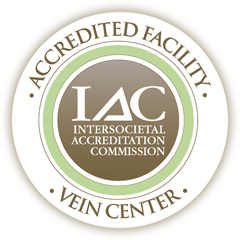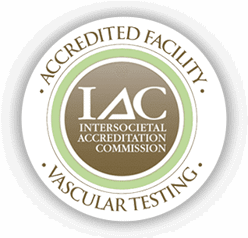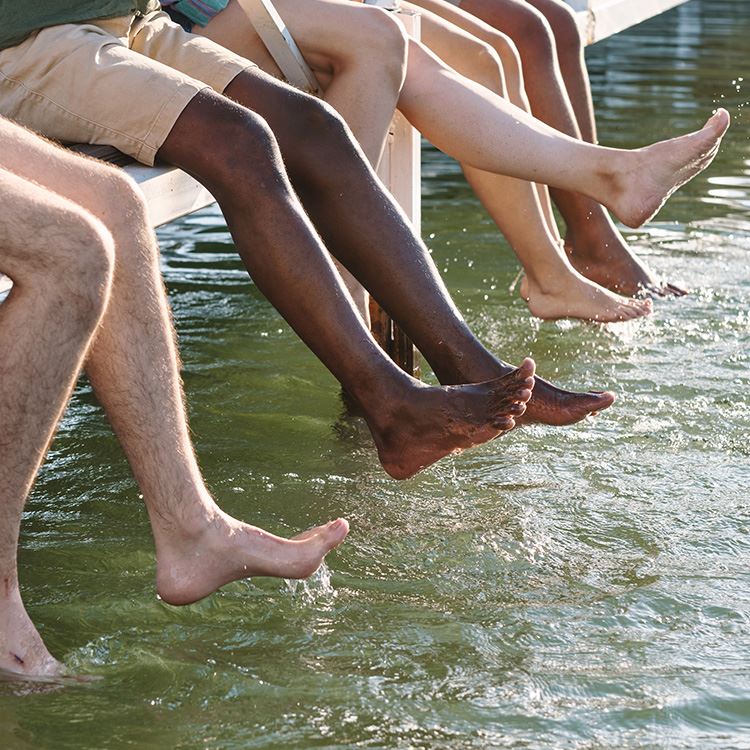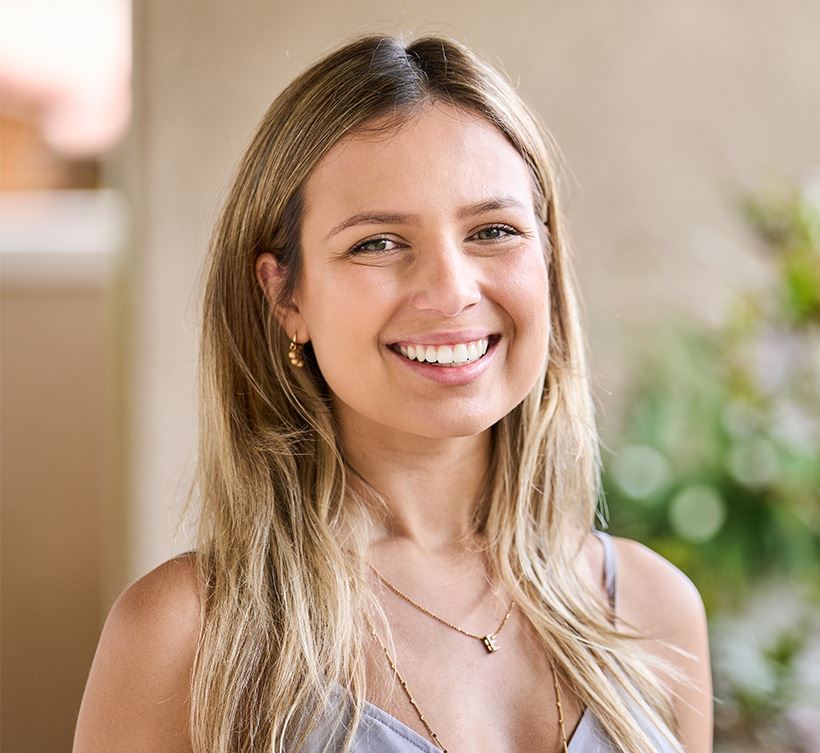
Varicose Veins
Two offices in Colorado! Colorado Springs and Lone Tree
Next day or same week appointments available
Start now to be ready by summer
Partnered with Colorado Health Neighborhoods
- IAC accredited vein center in Colorado, with double IAC accreditation
Patient Testimonial


About Dr. Albert
With more than three decades of experience, James D. Albert, M.D., RPVI, FAVLS, is Colorado’s leading expert in the treatment of superficial venous disease (varicose and spider veins). Board-Certified in both Cardiovascular Surgery and Phlebology, Dr. Albert is uniquely qualified to provide his patients with the most advanced vein care available anywhere.
Diagnosis, Treatment & Management in Lone Tree & Colorado Springs
Vein disease is chronic and progressive, and if left untreated can lead to pain, swelling, irreversible skin changes, and even non-healing sores.
A healthy venous system lets blood flow efficiently from your leg veins back to your heart. The superficial veins that return the blood to the heart are known as the Great and Small Saphenous veins. As the valves in these veins become dysfunctional, the blood doesn’t move up but flows back down toward your feet. This reverse flow is known as reflux. The increase in the pressure from the reverse flow in the saphenous veins leads to increased pressure in the skin veins.
This increased pressure then causes the walls of the skin veins to become weak and thin, causing the veins to bulge. The reflux in the saphenous vein(s) causes pain, swelling, aching, fatigue, burning, itching, skin changes, and skin ulcers.
There are three main causes of venous disease:
- Heredity
- Pregnancy
- Prolonged sitting or standing
Symptoms of varicose veins include:
- Aching and Pain
- Leg Cramps
- Heaviness Itching and Burning
- Restless Legs
- Ankle Swelling
- Tiredness and Fatigue
- Throbbing Skin
- Changes in Skin Color
- Skin Ulcers
Schedule your consultation today. We have offices in Colorado Springs (719) 888-3227 and Lone Tree (303) 857-5111.
Diagnosis
At Albert Vein Institute, varicose veins and other venous diseases are diagnosed by combining a thorough physical examination with a non-invasive ultrasound test to determine the location of the abnormal valve or valves within your veins. Fast, efficient and painless, this important diagnostic tool will help us evaluate your unique anatomy and determine the true source of your vein issues with our varicose vein treatment options.
It will also help us answer questions that are critical to your ongoing care, including:
- What is the underlying cause of the symptoms that have brought you to us?
- Is this a purely vein-related issue, or a symptom of another issue?
- If the issue is venous insufficiency, does the problem involve the deeper veins?

Our Commitment to Excellence
Real Reviews. From Real Patients.
-
“My legs have seen a significant improvement since the surgeries.”
“My legs have seen a significant improvement since the surgeries.”- Diane P. -
“I always feel that I'm in good hands when I come to your office.”
my yearly ultrasound procedure was easy and thorough. Tracey is very knowledgeable and personable. I always feel that I'm in good hands when I come to your office.- Marcia V. -
“Dr Albert actually wants to find a resolution and to me that means the world.”
“Dr Albert actually wants to find a resolution and to me that means the world.”- Misty W.








